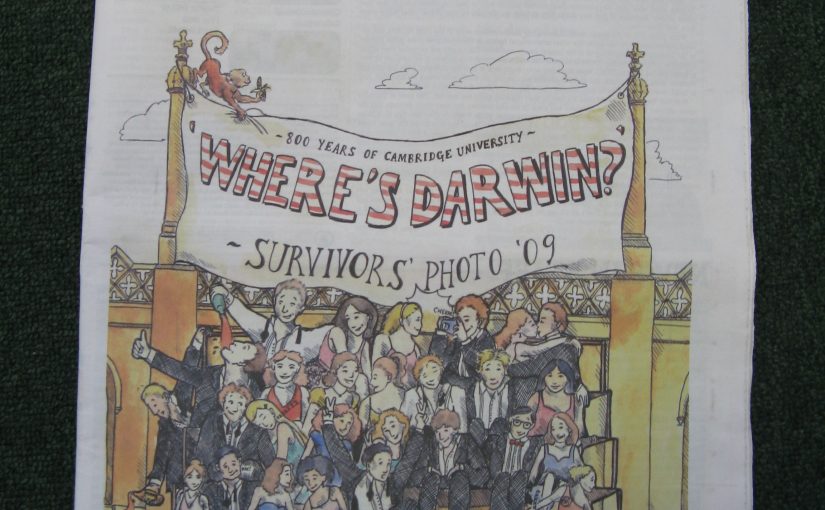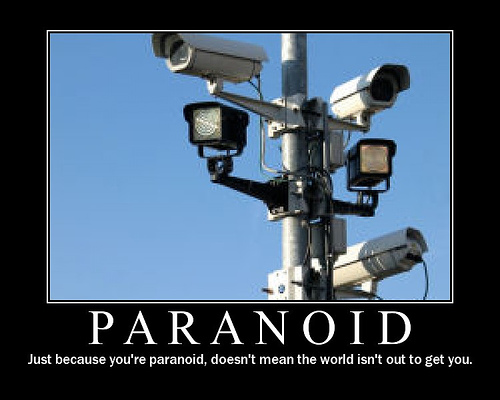The introduction of Ottawa in Lonely Planet guide reads “Description of Ottawa read like an appealing personal ad: young, vibrant, clean, bilingual, likes kids, long walks on the river”. It is a small city, with no more than 1 million people. It is in Ontario, but it borders Quebec. The city is chosen to be the capital as a compromise between Toronto and Montreal.
I arrived in Ottawa on 29th Dec, and stayed at Barefoot Hostel. (I found out later that there is another hostel called Ottawa Jail Hostel, built from a deserted jail.) It is a small Hostel, with about 16 -20 beds in mixed 4-beds rooms. It conveniently located within walking distance to most of the attractions.
On second day, I visited the Byward Market and the National Gallery of Canada. Byward market is a “convivial” four-district cluster of restaurants, boutique shops, and vendor booths. On arriving at the market, I immediately noticed a long queue in front of Beavertails, a pastry shop. This must be a good shop, so I joined the queue. After about ten minutes, I had my first Beaver tail, with maple butter. The crust was crispy, and the maple butter tasted like sweet chocolate.
Despite the ugly spider in front of the national gallery of Canada, the gallery is a beautiful piece of architecture and well worths visiting. (Too bad that it does not allow photography.) It features a very comprehensive collection of Canadian artists and a decent selection of European paintings among other collections. I was most interested the works of the group of seven, and baroque period of European paintings. It took me seven hours to go through major exhibitions. Also I was once again reminded that I just don’t get modern arts.
The most picturesque building, the parliament building at night. The snow flakes are projected by light. In front of it was the eternal flame.
Parliament building during the day. A neo-gothic style building with grotesque decorations.
Parliament Hill is the other major sight. The architecture is of neo-Gothic style, with lots of grotesque decorations. They must have biblical references. (I should probably read the bible for going to Europe.) At night, snow flakes are projected onto the building, giving it a winter feel. It carries a sense of majesty, elegance, and peace, especially when put together with the eternal flame.
I walked around the city on my third day and saw the supreme court, university of Ottawa, Rideau Canal (closed though), and Arts Center, and then got tired and sat inside a movie theater to watch The King’s Speech. (It is a good movie, highly recommended.)
When I left the city today, I said to myself, it is indeed a young city. Though it does not have grand architectures, humongous museums, and a long history, Ottawa does offer a more friendly and cosy feel that is missing in larger cities.
More at my facebook photo album.


